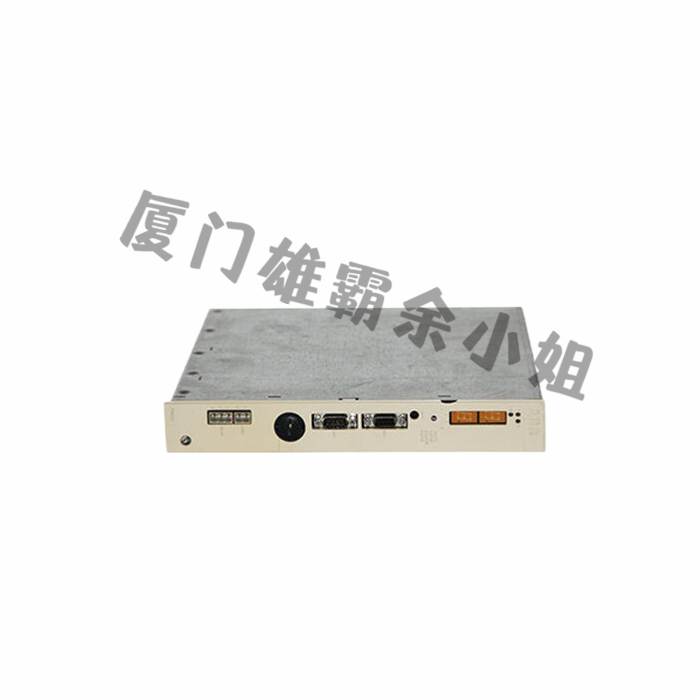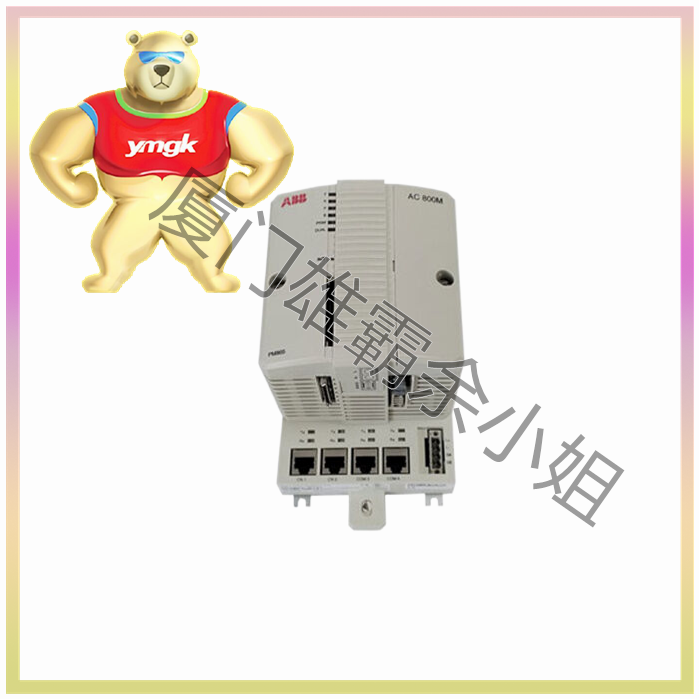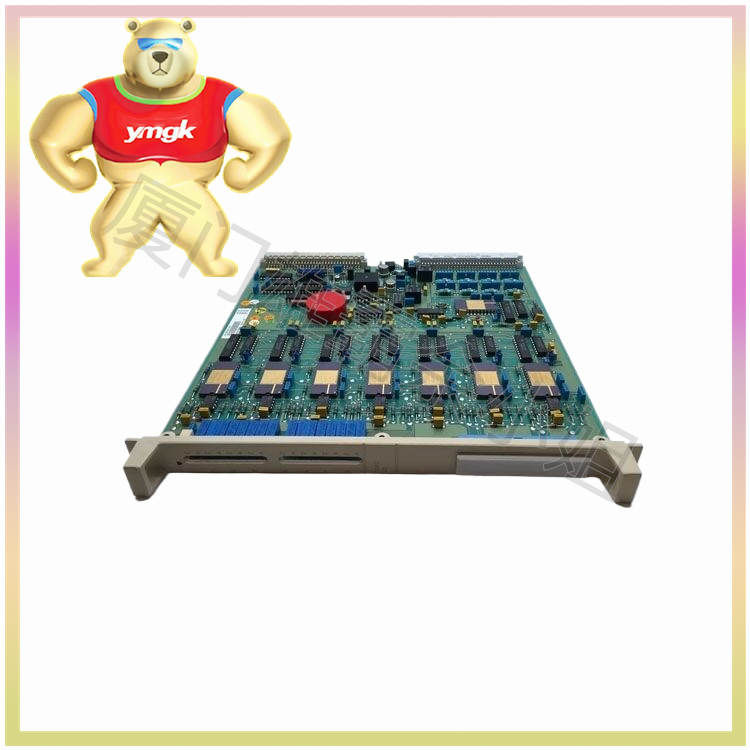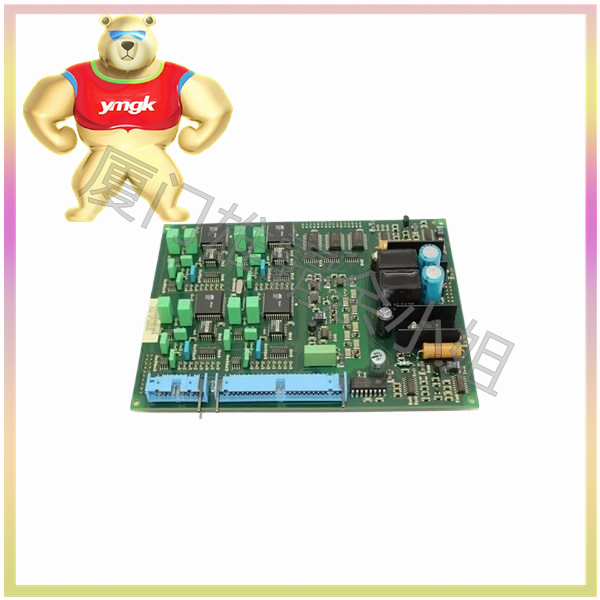Compared with electromechanical relays, solid-state relays (SSRs) are relays that do not have mechanical motion or moving parts, but they have essentially the same functions as electromechanical relays. SSR is a contactless switching element composed entirely of solid-state electronic components. It utilizes the point, magnetic, and optical characteristics of electronic components to achieve reliable isolation between input and output. It utilizes the switching characteristics of high-power transistors, power field-effect transistors, single thyristor, and bidirectional thyristor to achieve contactless and spark free connection and disconnection of controlled circuits.
2、 Composition of Solid State Relays
Solid state relays consist of three parts: input circuit, isolation (coupling), and output circuit. Different types of input voltage can be classified into three types of input circuits: DC input circuit, AC input circuit, and AC-DC input circuit. Some input control circuits also have compatibility with TTL/CMOS, positive and negative logic control, and anti equalization functions. There are two types of isolation and coupling methods for the input and output circuits of solid-state relays: photoelectric coupling and transformer coupling. The output circuit of solid-state relays can also be divided into forms such as DC output circuit, AC output circuit, and AC-DC output circuit. When communicating output, two thyristors or one dual thyristor are usually used
Bipolar devices or power field-effect transistors can be used for thyristor and DC output.
3、 Advantages and disadvantages of solid-state relays
- Advantages of Solid State Relays
(1) High lifespan and high reliability: SSR has no mechanical components and solid components to complete the contact function. Due to the absence of moving parts, it can work in high impact and vibration environments. The inherent characteristics of the components that make up solid-state relays determine their long lifespan and high reliability.
(2) High sensitivity, low control power, good electromagnetic compatibility: Solid state relays have a wide input voltage range, low driving power, and can be compatible with most logic integrated circuits without the need for buffers or drivers.
(3) Fast conversion: Solid state relays can switch from a few milliseconds to a few microseconds due to their use of solid materials.
(4) Electromagnetic interference laugh: Solid state relays do not have input “coils”, contact arcing and rebound, thus reducing electromagnetic interference. Most AC output solid-state relays are zero voltage switches that conduct at zero voltage and turn off at zero current, reducing sudden interruptions in current waveforms and thus minimizing switch transient effects.
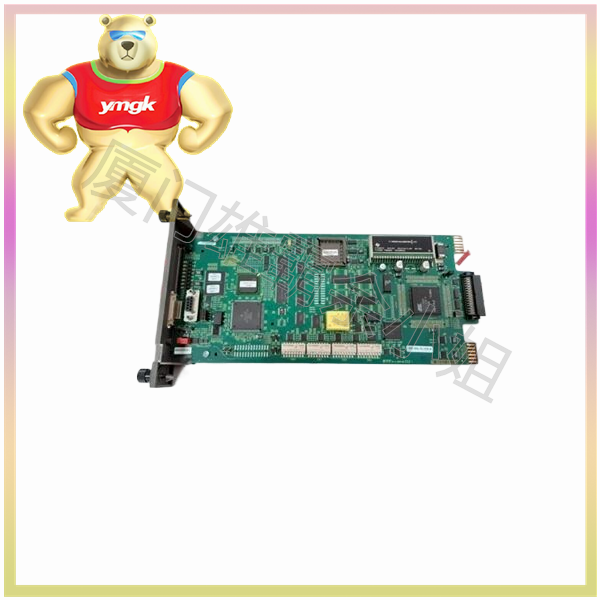
- Disadvantages of Solid State Relays
(1) The voltage drop of the transistor after conduction is large, and the forward voltage drop of thyristor or bipolar thyristor can reach 1-2V. The saturation pressure of high-power transistors is between 1-2V, and the conduction resistance of general power field-effect transistors is also higher than that of mechanical contacts.
(2) Even after the semiconductor device is turned off, there can still be leakage currents ranging from microamperes to milliamps, so ideal electrical isolation cannot be achieved.
(3) Due to the large pressure drop of the tube, the power consumption and heat generation after conduction are also high. The volume of high-power solid-state relays is much larger than electromagnetic relays of the same capacity, and the cost is also higher.
(4) The temperature characteristics of electronic components and the anti-interference ability of electronic circuits are poor, and their radiation resistance is also poor. If effective measures are not taken, the reliability of operation will be low.
(5) Solid state relays are highly sensitive to overload and must be protected with fast fuses or RC damping circuits. The load of solid-state relays is significantly related to the ambient temperature, and as the temperature increases, the load capacity will rapidly decrease.
Solid state relay SSR
Solid State Relay (SSR) is a new type of contactless electronic switch device developed by combining modern microelectronics technology with power electronics technology. It can achieve contactless connection or disconnection by controlling the current load from 0.1A to several hundred A with a weak control signal (a few milliamps to tens of milliamps). Solid state relay is a four terminal device with two input terminals and two output terminals. The input terminal is connected to the control signal, and the output terminal is connected in series with the load and power supply. SSR is actually a controlled power electronic switch, and its equivalent circuit is shown in the diagram.
The relevant images for this topic are as follows:
Due to its high stability, reliability, contactless nature, and long lifespan, solid state relays are widely used in motor speed regulation, forward and reverse control, dimming, household appliances, oven drying, heating and temperature control, construction and renovation of power transmission and transformation grids, electric drive, printing and dyeing, plastic processing, coal mining, steel, chemical, and military industries.
Working principle of solid-state relay circuit
Solid state relays are different from conventional electromagnetic relays in that they have no contacts, are optically (electrically) isolated between input and output circuits, are assembled from discrete components, semiconductor microelectronic circuit chips, and power electronic devices, and are made of flame-retardant epoxy resin. They are sealed in a casing using encapsulation technology to isolate them from the outside world, and have good pressure resistance, corrosion resistance, moisture resistance, and vibration resistance.
Solid state relays consist of three parts: input circuit, drive circuit, and output circuit.
Here, we will only take the widely used AC zero crossing solid state relay as an example to introduce its working principle. This circuit adopts zero crossing triggering technology and has the characteristics of starting at zero voltage crossing and turning off at zero negative current crossing. A complete sine waveform can be obtained on the load, so the RF interference of the circuit is very small.

